Home>diy>Home Improvement>What Is A 203K Renovation Loan
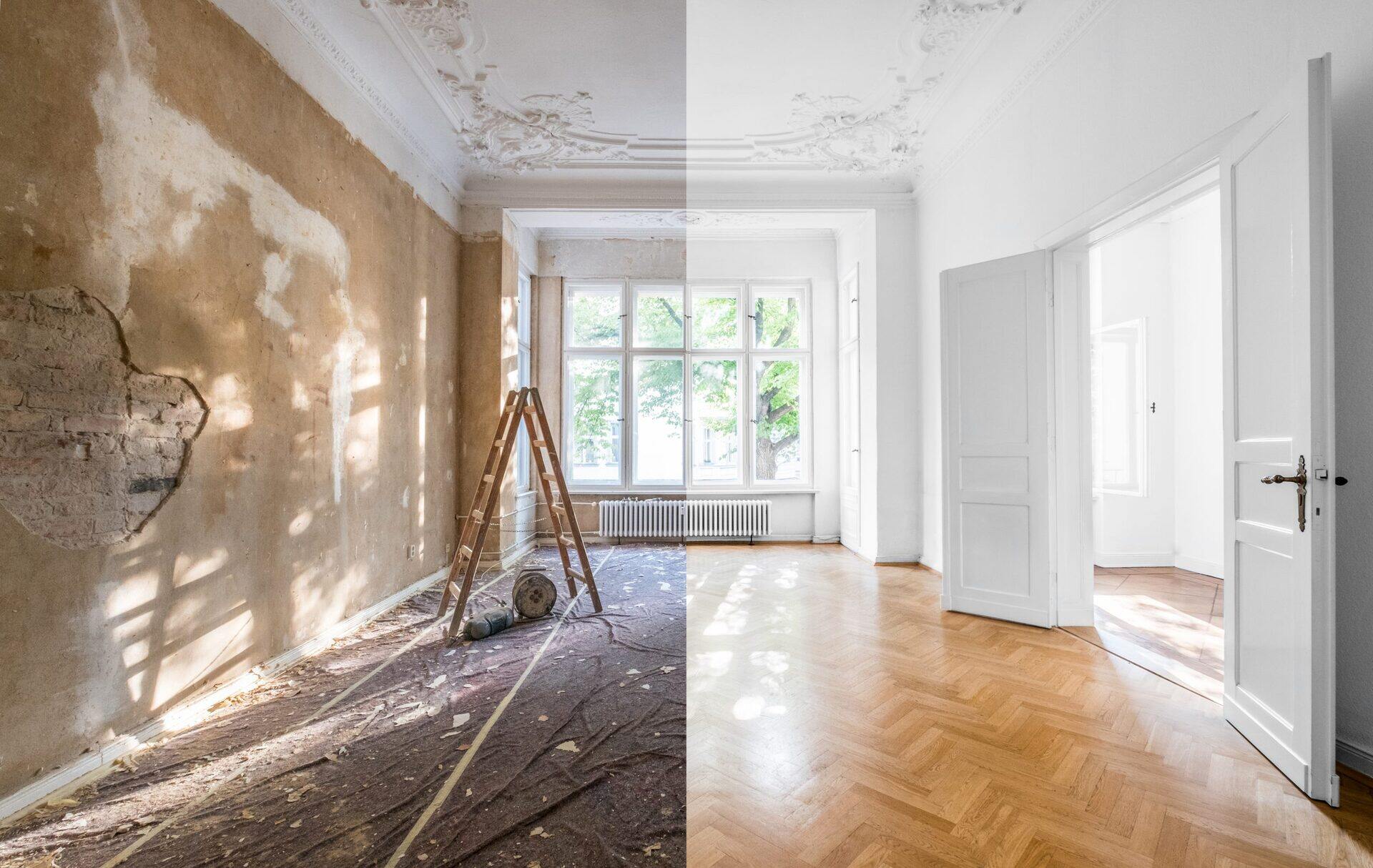

Home Improvement
What Is A 203K Renovation Loan
Modified: January 9, 2024
Learn about the benefits of a 203K renovation loan for home improvement. Get the financing you need to turn your house into your dream home with this popular loan option.
(Many of the links in this article redirect to a specific reviewed product. Your purchase of these products through affiliate links helps to generate commission for Storables.com, at no extra cost. Learn more)
Introduction
Welcome to the world of home improvement! Transforming your house into the home of your dreams is an exciting journey, but it often comes with a hefty price tag. Fortunately, there are financial solutions available, such as the 203K renovation loan, that can make your dream home a reality.
The 203K renovation loan is a specialized loan program offered by the Federal Housing Administration (FHA) that allows homeowners and homebuyers to finance both the purchase or refinance of a home and the cost of renovations or repairs. Whether you want to renovate your kitchen, add an extra bedroom, or improve the overall condition of your property, the 203K renovation loan can provide the necessary funds to make it happen.
Understanding how the 203K renovation loan works and its eligibility requirements is crucial before embarking on any major home improvement project. This article will guide you through the ins and outs of the 203K renovation loan, highlighting its benefits, drawbacks, and providing useful tips for a successful loan application.
By the end of this article, you’ll have a clear understanding of whether the 203K renovation loan is the right financial solution for your home improvement needs. So let’s dive in and explore the world of 203K renovation loans!
Key Takeaways:
- The 203K renovation loan offers a convenient way to finance both the purchase/refinance of a property and the cost of renovations, making it accessible to a wider range of borrowers and simplifying the overall loan process.
- To ensure a successful 203K renovation loan application, start early, work with experienced professionals, maintain open communication with your lender, and seek guidance when needed. Thorough planning and meticulous record-keeping are crucial for a smooth renovation process.
Read more: What Is A Commercial Construction Loan
Understanding the 203K Renovation Loan
The 203K renovation loan is a unique loan program that combines the financing of a home purchase or refinance with the funds needed for renovations or repairs. Unlike traditional home improvement loans, the 203K renovation loan is backed by the FHA, making it more accessible to borrowers with less-than-perfect credit or limited down payment options.
There are two types of 203K renovation loans: the Standard 203K and the Limited 203K. The Standard 203K is suitable for major renovations, structural repairs, or projects that exceed $35,000. On the other hand, the Limited 203K is designed for smaller-scale renovations, energy-efficient upgrades, or repairs that do not exceed $35,000. Both types of loans have their own set of guidelines and require the borrower to work with an approved 203K consultant.
One of the main advantages of the 203K renovation loan is its ability to finance the cost of both the home purchase or refinance and the renovations or repairs. This means that you don’t have to come up with a large down payment or dip into your savings to fund the improvement project. Instead, the loan amount will be based on the projected value of the property after the renovations are complete, ensuring that you have enough funds to cover the entire project.
Another notable feature of the 203K renovation loan is that it allows for a single mortgage closing, simplifying the financing process. Unlike traditional home improvement loans that require separate financing for the purchase/refinance and the renovations, the 203K loan combines both into a single loan with one interest rate and one monthly payment.
It’s important to note that the 203K renovation loan is intended for primary residences, meaning the property must be your main place of residence. It cannot be used for investment properties or second homes.
Now that you have a basic understanding of the 203K renovation loan, let’s explore the eligibility requirements for this loan program in the next section.
Eligibility Requirements for 203K Renovation Loan
While the 203K renovation loan offers a flexible financing option for homebuyers and homeowners, there are specific eligibility requirements that must be met in order to qualify for this loan program.
First and foremost, the property being renovated must be a primary residence. This means that you must live in the property for at least one year after the renovation is complete. The 203K renovation loan cannot be used for investment properties or second homes.
Next, borrowers must meet the FHA’s credit score requirements. Although the specific credit score cutoff may vary depending on the lender, having a credit score of 580 or higher will generally improve your chances of being approved for the loan. It’s important to note that borrowers with lower credit scores may still be eligible for the 203K renovation loan, but they may need to meet additional requirements or provide a larger down payment.
In addition to credit score requirements, borrowers are also subject to standard FHA loan guidelines in terms of debt-to-income (DTI) ratio. Typically, the DTI ratio should not exceed 43%, which means that your total monthly debts, including the mortgage payment, should not exceed 43% of your monthly income.
An important eligibility requirement for the 203K renovation loan is the involvement of an approved 203K consultant. The consultant plays a vital role in the loan process, assisting with the evaluation of the proposed renovation plans, reviewing contractor bids, and ensuring compliance with FHA guidelines. The consultant’s fee is rolled into the loan amount, and their expertise is invaluable in ensuring that the renovation project is properly planned and executed.
Another crucial aspect of eligibility is the property’s condition. The 203K renovation loan is specifically designed to finance the purchase or refinance of properties in need of repairs or renovations. The property should meet the FHA’s minimum property standards and comply with applicable building codes. The scope of work for the renovations should also be within the limits of the chosen 203K loan type (Standard or Limited).
Lastly, borrowers should have a stable employment history and proof of income. Lenders will typically require documentation such as pay stubs, tax returns, and bank statements to verify income stability and repayment ability.
It’s important to note that while these are the general eligibility requirements for the 203K renovation loan, individual lenders may have additional criteria or variations in their guidelines. Consulting with a knowledgeable loan officer or mortgage broker can help you navigate the specific requirements and increase your chances of qualifying for the 203K renovation loan.
Now that you understand the eligibility requirements for the 203K renovation loan, let’s move on to explore the different types of 203K loans available.
Types of 203K Renovation Loans
When it comes to 203K renovation loans, there are two main types: the Standard 203K and the Limited 203K. Each type has its own set of guidelines and is designed to accommodate different types of renovation projects.
1. Standard 203K: The Standard 203K renovation loan is suitable for major renovation projects, extensive repairs, or structural improvements. This type of loan allows for larger loan amounts and is ideal for properties that require significant rehabilitation. Some common projects that can be financed with the Standard 203K loan include room additions, basement remodeling, foundation repairs, or replacing plumbing and electrical systems.
In order to qualify for a Standard 203K loan, the total cost of the renovations or repairs must exceed $35,000. The loan amount is determined by taking into account the property’s purchase price or value after renovations, plus the estimated renovation costs. Borrowers are required to work with an approved 203K consultant who will assess the proposed renovation plans, review contractor bids, and ensure compliance with FHA guidelines.
2. Limited 203K: The Limited 203K renovation loan is designed for smaller-scale renovation projects or repairs that do not exceed $35,000. This type of loan is ideal for cosmetic upgrades, energy-efficient improvements, or minor repairs. Examples of projects that can be financed with the Limited 203K loan include kitchen or bathroom remodels, replacing flooring, or upgrading heating and cooling systems.
Unlike the Standard 203K loan, the Limited 203K loan has less strict requirements and a simplified process. Borrowers can work with a contractor of their choice without the need for an approved 203K consultant. The total cost of renovations cannot exceed $35,000 and must be completed within six months.
It’s important to note that both types of 203K renovation loans require detailed project plans, contractor bids, and inspections to ensure that the work is completed in a satisfactory manner. The loan funds are disbursed in phases as the renovations progress, with an escrow account set up to hold the funds needed for the project.
Choosing the right type of 203K renovation loan depends on the scope of your renovation project and the estimated costs involved. Consulting with a loan officer or mortgage broker can help you determine which type of loan is best suited for your specific needs.
Now that you’re familiar with the different types of 203K renovation loans, let’s explore the benefits that these loans offer.
Benefits of 203K Renovation Loan
The 203K renovation loan offers several benefits to homeowners and homebuyers looking to finance their renovation projects. Let’s explore some of the key advantages of this loan program:
1. Financing for both purchase/refinance and renovations: One of the major benefits of the 203K renovation loan is that it allows borrowers to finance both the purchase or refinance of a property and the cost of renovations or repairs. This eliminates the need for separate financing for the renovations and simplifies the overall loan process.
2. Accessible for a wider range of borrowers: The 203K renovation loan is backed by the FHA, which means it is more accessible to borrowers with lower credit scores or limited down payment options. This makes it a viable option for those who may not qualify for traditional home improvement loans.
3. Higher loan amounts: The 203K renovation loan offers higher loan amounts compared to traditional home improvement loans. The loan amount is based on the projected value of the property after renovations, ensuring that you have enough funds to cover the entire project, including the purchase or refinance.
4. Single mortgage closing: Unlike traditional home improvement loans that require separate closings for the purchase/refinance and the renovations, the 203K renovation loan allows for a single mortgage closing. This simplifies the financing process and results in one interest rate and one monthly payment.
5. Flexible renovation options: Whether you’re planning major renovations or cosmetic upgrades, the 203K renovation loan offers flexibility in terms of the types of renovations that can be financed. From structural repairs to energy-efficient upgrades, you have the freedom to create the home of your dreams.
6. Increased property value: By investing in quality renovations, you can increase the value of your property. This can be particularly beneficial if you plan to sell the property in the future, as the improved condition and aesthetics can attract potential buyers and potentially lead to a higher selling price.
7. Potential to create equity: Renovating a property with a 203K loan can potentially create equity, especially if the improvements significantly increase the value of the home. This equity can be tapped into in the future through refinancing or a home equity line of credit (HELOC).
Overall, the 203K renovation loan provides a convenient and accessible financing option for homeowners and homebuyers looking to improve their property. From combining the purchase/refinance and renovation financing into one loan to offering flexibility in renovation options, this loan program can make your home improvement dreams a reality.
Now that we’ve explored the benefits of the 203K renovation loan, it’s important to consider the potential drawbacks as well. Let’s explore them in the next section.
When considering a 203k renovation loan, make sure to thoroughly research and understand the eligibility requirements, loan limits, and the process involved in applying for and managing the loan.
Read more: What Is A VA Renovation Loan
Drawbacks of 203K Renovation Loan
While the 203K renovation loan offers numerous advantages, it’s important to consider the potential drawbacks before committing to this loan program. Here are some of the key drawbacks to be aware of:
1. Stringent approval process: The 203K renovation loan has more comprehensive approval requirements compared to traditional mortgage loans. Borrowers must meet specific eligibility criteria, including credit score, debt-to-income ratio, and property condition guidelines. This can make the approval process more complex and lengthy.
2. Limited contractor choices: With the 203K renovation loan, borrowers are required to work with approved contractors and consultants. While this helps to ensure compliance with FHA guidelines and the completion of quality work, it may limit the choices you have when selecting contractors for your project.
3. Additional paperwork and inspections: The 203K renovation loan involves additional paperwork, inspections, and documentation compared to a traditional mortgage. This includes detailed project plans, contractor bids, progress inspections, and loan disbursement processes. The extra paperwork can add time and complexity to the renovation process.
4. Potential for cost overruns: Renovation projects often involve unforeseen challenges and unexpected expenses. With the 203K renovation loan, it’s important to thoroughly plan and budget for the renovations to avoid potential cost overruns. If the estimated renovation costs exceed the initial loan amount, borrowers may have to cover the additional expenses themselves.
5. Limited loan options for investors: The 203K renovation loan is primarily intended for primary residences and is not available for investment properties or second homes. This limits the loan options for investors looking to finance renovations on rental properties or fix-and-flip projects.
6. Mortgage insurance premiums: Like other FHA loans, the 203K renovation loan requires mortgage insurance premiums (MIP). These premiums can increase the overall cost of the loan and affect your monthly mortgage payments. However, it’s important to note that MIP is typically tax-deductible, which can help offset some of the costs.
7. Potential for project delays: Renovation projects can sometimes experience delays due to various factors such as weather, contractor availability, or unforeseen issues. These delays can affect the timeline for completing the renovations and potentially disrupt your living arrangements or plans for moving into the property.
It’s important to thoroughly consider these drawbacks and weigh them against the benefits of the 203K renovation loan. Careful planning, realistic budgeting, and working with experienced professionals can help mitigate these challenges and ensure a smoother renovation process.
Now that we’ve discussed the potential drawbacks, let’s move on to the steps involved in applying for a 203K renovation loan.
Steps to Apply for a 203K Renovation Loan
If you’re ready to embark on a home renovation project and financing it with a 203K renovation loan, follow these steps to ensure a smooth application process:
1. Research and gather information: Start by researching and familiarizing yourself with the details of the 203K renovation loan program. Understand the eligibility requirements, loan types, and benefits and drawbacks. Gather all the necessary documents such as income statements, bank statements, and property information to support your loan application.
2. Find a qualified lender: Look for a lender who specializes in FHA loans and has experience with the 203K renovation loan program. They will guide you through the application process, answer your questions, and provide personalized assistance.
3. Determine your budget and renovation plans: Assess your renovation needs and determine a realistic budget for your project. Work with contractors or consultants to create detailed renovation plans and obtain project estimates. This information will be required for the loan application.
4. Complete the loan application: Fill out the loan application provided by your lender. Include all necessary information, such as your personal details, property information, and renovation plans. Be thorough and accurate to avoid delays in the approval process.
5. Work with an approved 203K consultant: If required for the specific loan type, hire an approved 203K consultant to evaluate your renovation plans and provide recommendations. They will conduct a feasibility study, review contractor bids, and ensure compliance with FHA guidelines.
6. Obtain contractor bids: Request bids from approved contractors for the renovations outlined in the project plans. The bids should include a detailed breakdown of the costs and scope of work. These bids will be submitted as part of the loan application.
7. Arrange for inspections: Schedule property inspections with the approved 203K consultant and lender. These inspections will assess the current condition of the property and verify that it meets FHA guidelines. Inspections will also be conducted during the renovation process to ensure the work is progressing according to plan.
8. Receive loan approval: Once your application has been reviewed, and all necessary documentation and inspections are completed, the lender will provide you with a loan approval decision. This will outline the approved loan amount, terms, and conditions.
9. Close the loan: If approved, finalize the loan by signing the necessary paperwork and completing the closing process. This typically involves signing the loan documents, paying any required closing costs, and setting up an escrow account for the renovation funds.
10. Begin the renovations: Once the loan is closed, you can begin the renovation process. Work closely with your approved contractors and the 203K consultant to ensure the renovations are carried out as per the agreed-upon plans. Disbursements from the escrow account will be made as the work progresses.
Following these steps will help streamline the application process and ensure that your 203K renovation loan is processed efficiently. Remember to communicate openly with your lender, consultants, and contractors throughout the process to address any concerns or questions that may arise.
Now that you know the steps to apply for a 203K renovation loan, let’s explore how to find a lender experienced in handling these types of loans.
Finding a Lender for 203K Renovation Loan
When it comes to financing your home renovation project with a 203K renovation loan, finding the right lender is crucial. Here are some steps to help you find a lender experienced in handling these types of loans:
1. Research lenders: Start by researching and identifying lenders who specialize in FHA loans and have experience with the 203K renovation loan program. Look for lenders with positive reviews, a solid reputation, and a track record of successfully closing 203K renovation loans.
2. Seek recommendations: Reach out to friends, family, or colleagues who have utilized a 203K renovation loan in the past. Ask them about their experience with their lender and if they would recommend them. Personal recommendations can provide valuable insights and help narrow down your options.
3. Interview potential lenders: Contact the lenders you are considering and set up a consultation or interview. This will give you the opportunity to ask questions, discuss your renovation plans, and gauge the lender’s knowledge and expertise in handling 203K renovation loans.
4. Inquire about their experience: During your interview with potential lenders, ask about their experience with the 203K renovation loan program. Inquire about the number of 203K renovation loans they have closed, their understanding of the process, and any additional services or resources they provide to borrowers.
5. Discuss their loan process: Understand the lender’s loan process, including their documentation requirements, timeline for loan approval, and disbursement of renovation funds. A well-structured and efficient loan process can help ensure a smoother renovation experience.
6. Consider their communication style: Communication is vital throughout the loan process, so consider the lender’s communication style. Do they respond promptly to your inquiries? Are they transparent and proactive in keeping you informed? Choose a lender who communicates effectively and makes you feel comfortable and confident throughout the process.
7. Compare loan terms and rates: While the lender’s experience and customer service are important, don’t forget to compare loan terms and interest rates. Request loan estimates from multiple lenders and compare them side by side to determine the best terms and rates for your specific needs.
8. Read customer reviews: Before making a final decision, read customer reviews and testimonials about each lender you are considering. These reviews can provide insights into the experiences of previous borrowers and help you assess the lender’s reputation and customer satisfaction.
9. Seek professional guidance: If you’re uncertain about choosing the right lender, consider seeking guidance from a loan officer or mortgage broker. These professionals can provide expert advice, help you navigate the lender selection process, and ensure that you choose a lender who is the best fit for your specific needs.
10. Trust your instincts: Ultimately, trust your instincts when choosing a lender. Take into account all the factors mentioned above, but also listen to your gut feeling. Select a lender that you feel confident in, who understands your goals, and who you believe will provide exceptional service throughout the loan process.
By following these steps, you can find a lender experienced in handling 203K renovation loans and make an informed decision that aligns with your renovation goals and financial needs.
Now that you know how to find a lender, let’s explore some tips for a successful 203K renovation loan application.
Tips for a Successful 203K Renovation Loan Application
When applying for a 203K renovation loan, following these tips can help ensure a successful application process:
1. Start early: Begin the loan application process as early as possible. This will give you ample time to gather all the necessary documents, obtain contractor bids, and address any issues or questions that may arise during the process.
2. Thoroughly plan your renovations: Before applying for the loan, carefully plan and budget for your renovation project. Have a clear understanding of what you want to accomplish and the estimated costs involved. This will help you provide accurate information to the lender and avoid potential complications down the line.
3. Work with experienced professionals: Hiring experienced contractors and approved 203K consultants is crucial for a successful renovation and loan application. Their expertise will ensure that your project meets FHA guidelines, the renovation plans are realistic, and the bids are comprehensive and accurate.
4. Keep meticulous records: Maintain detailed records of all your financial documents, project plans, contractor bids, and communication with the lender. Organized records will make the application process smoother and help you stay on track throughout the renovation project.
5. Communicate openly with your lender: Establish open lines of communication with your lender from the beginning. Keep them informed of any changes or updates to the renovation plans, timelines, or financial circumstances. Promptly respond to any requests for additional documents or information to avoid delays in the application process.
6. Be transparent about your financial situation: Provide complete and accurate information about your financial situation to the lender. This includes disclosing all sources of income, existing debts, and any other relevant financial details. Honesty and transparency will build trust and enhance your chances of loan approval.
7. Be prepared for property inspections: Understand that property inspections are an integral part of the 203K renovation loan process. Ensure that the property meets the FHA’s minimum property standards and is suitable for the planned renovations. Address any issues upfront to minimize potential complications during the loan application.
8. Follow the recommended timeline: To avoid unnecessary delays, follow the recommended timeline provided by the lender. Complete the necessary paperwork and tasks within the specified timeframe to keep the loan application progressing smoothly.
9. Keep your debt-to-income ratio in check: Aim to keep your debt-to-income (DTI) ratio within acceptable limits. Reduce unnecessary debts and avoid taking on new debts during the loan application process. Maintaining a healthy DTI ratio will enhance your chances of loan approval.
10. Seek professional guidance: If you’re uncertain about any aspect of the loan application process, consider seeking guidance from a loan officer or mortgage broker. They can offer expert advice, review your application, and ensure that you’re on the right track for a successful 203K renovation loan application.
By following these tips, you can increase your chances of a successful 203K renovation loan application. Remember to stay organized, communicate effectively, and work closely with experienced professionals throughout the process for the best possible outcome.
Now that you’re armed with these tips, you’re well-prepared to embark on your 203K renovation loan journey and bring your home improvement dreams to life.
Are there any more questions I can help with?
Read more: What Is 4K Television?
Conclusion
The 203K renovation loan is a powerful financial tool that allows homeowners and homebuyers to finance the purchase or refinance of a property as well as the costs of renovations and repairs. This loan program offers numerous benefits, including the ability to combine financing for both the home and the renovations, accessibility for a wider range of borrowers, higher loan amounts, and a simplified mortgage closing process.
However, it’s essential to consider the potential drawbacks of the 203K renovation loan, such as the stringent approval process, limited contractor choices, additional paperwork and inspections, and potential for cost overruns. By understanding these challenges and planning accordingly, borrowers can navigate the loan process effectively and avoid potential pitfalls.
To ensure a successful 203K renovation loan application, it’s crucial to start early, thoroughly plan your renovations, work with experienced professionals, keep meticulous records, and maintain open communication with your lender. By following these tips and seeking professional guidance when needed, borrowers can increase their chances of approval and have a smooth renovation process.
As you embark on your 203K renovation loan journey, remember to trust your instincts when choosing a lender and seek recommendations from those who have had experience with these types of loans. With the right lender and a clear understanding of the loan process, you can confidently move forward with your home improvement project.
Now that you’re equipped with the knowledge and tips provided in this article, it’s time to turn your vision into reality. Take the first step towards your dream home by researching lenders, gathering necessary information, and laying out your renovation plans. By utilizing the 203K renovation loan, you can transform your house into the home you’ve always wanted.
Good luck with your 203K renovation loan application and may your home improvement journey be a resounding success!
If you have any more questions or need further assistance, feel free to reach out. Happy renovating!
Frequently Asked Questions about What Is A 203K Renovation Loan
Was this page helpful?
At Storables.com, we guarantee accurate and reliable information. Our content, validated by Expert Board Contributors, is crafted following stringent Editorial Policies. We're committed to providing you with well-researched, expert-backed insights for all your informational needs.
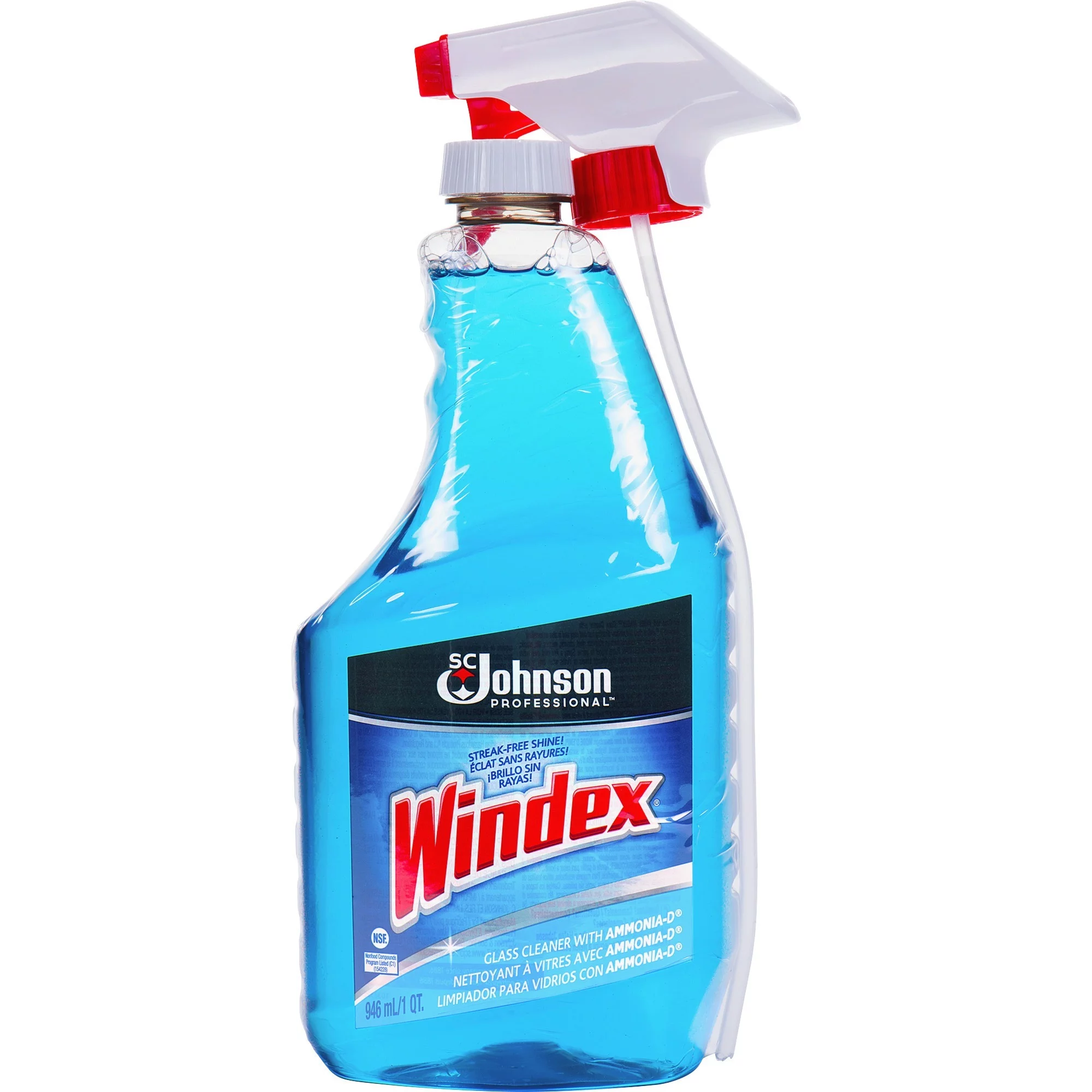
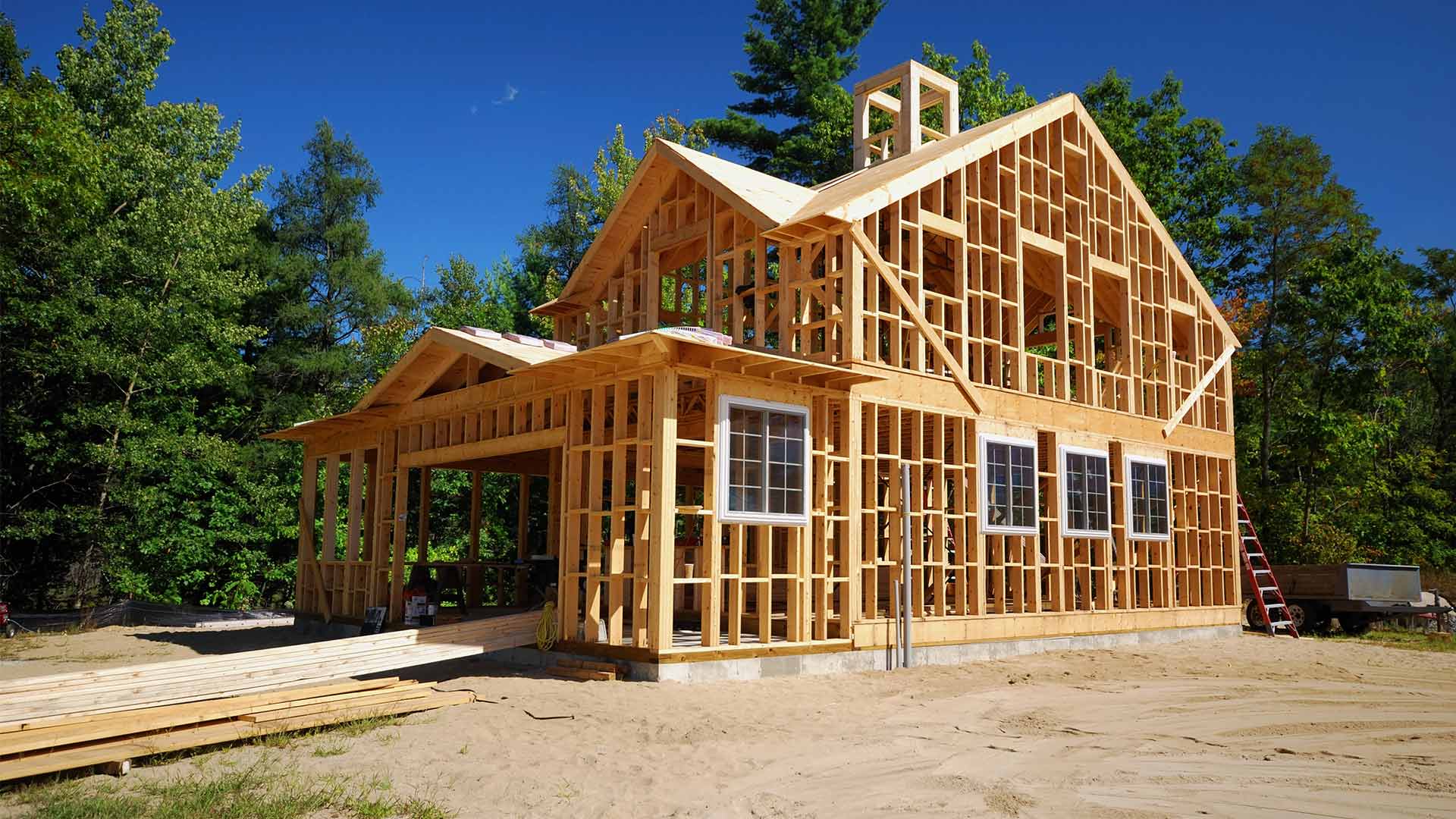
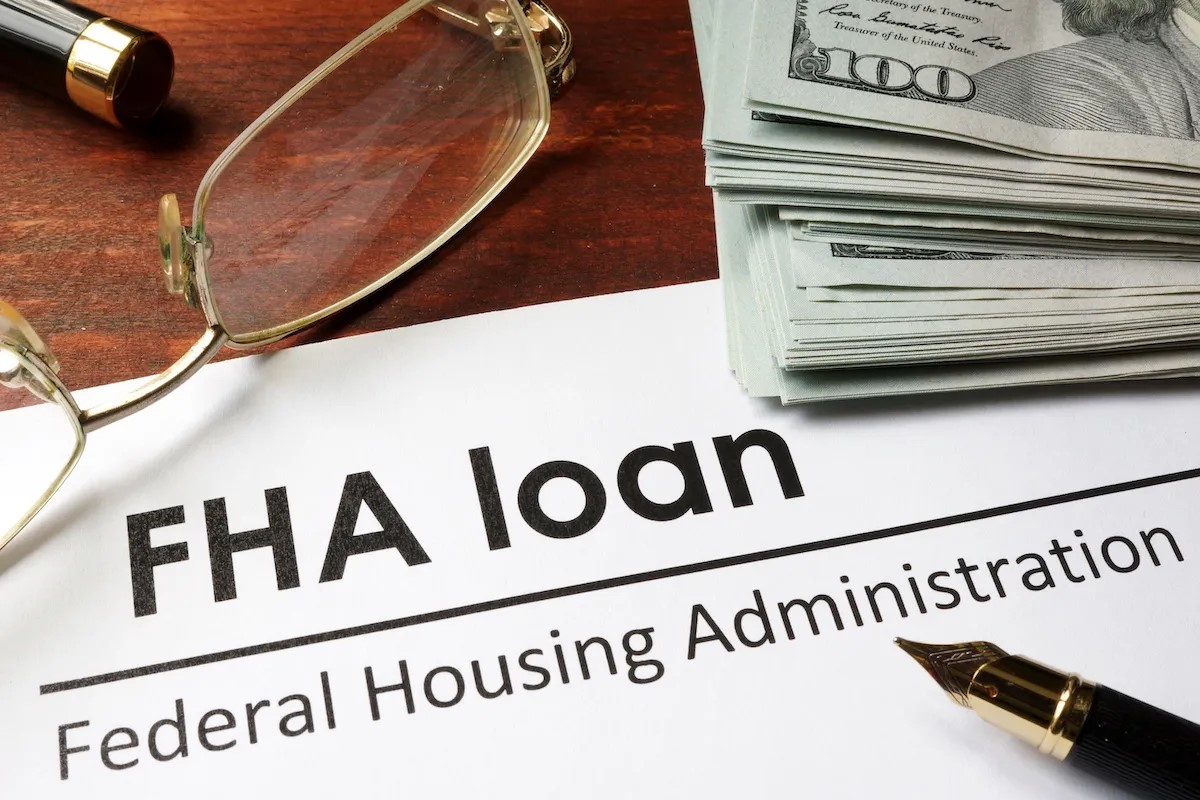

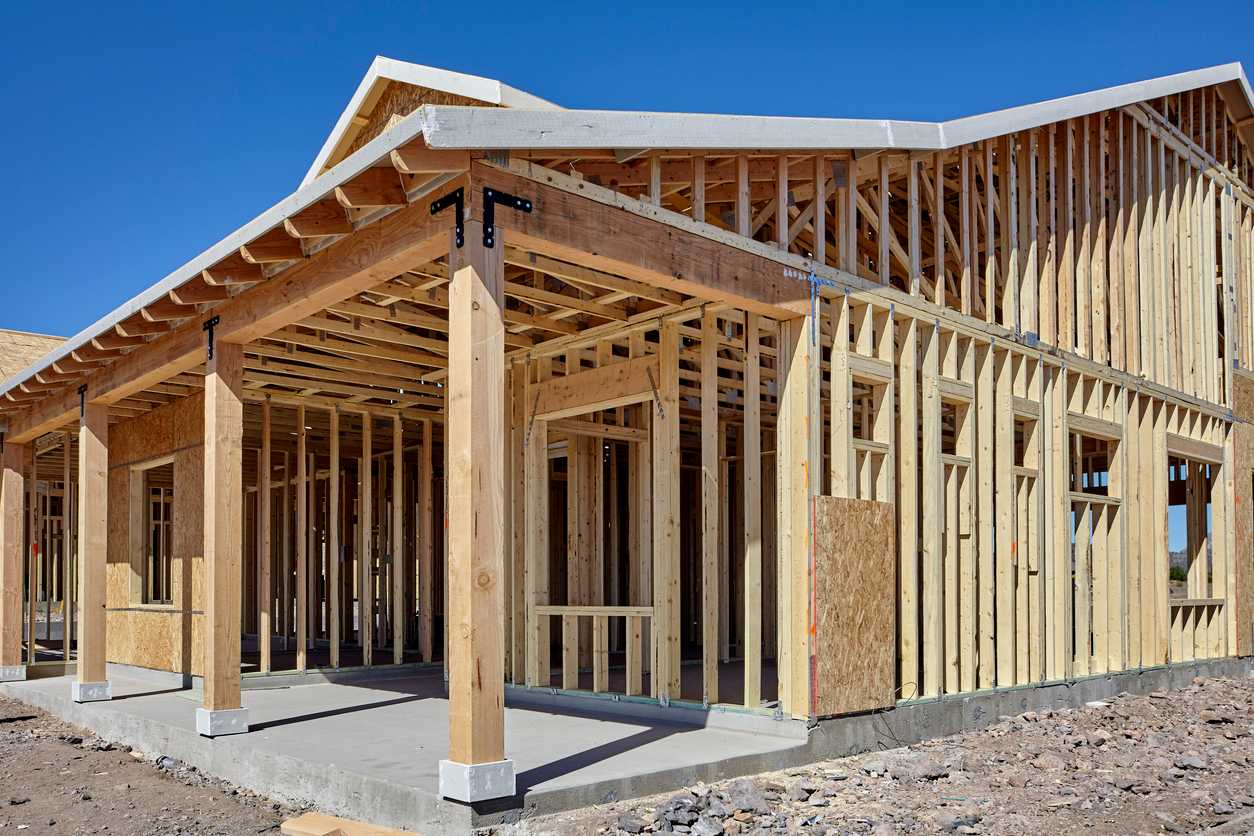

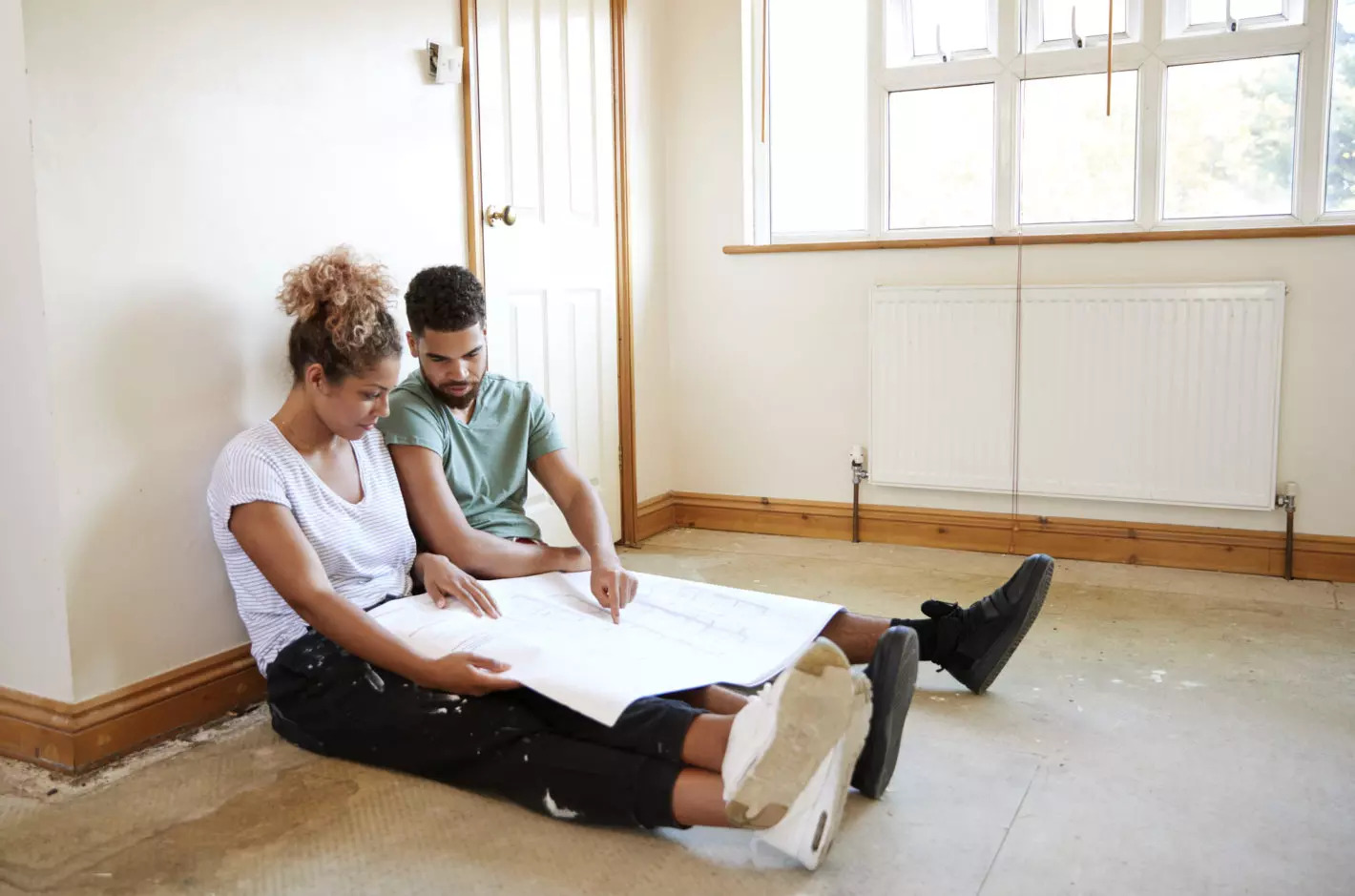
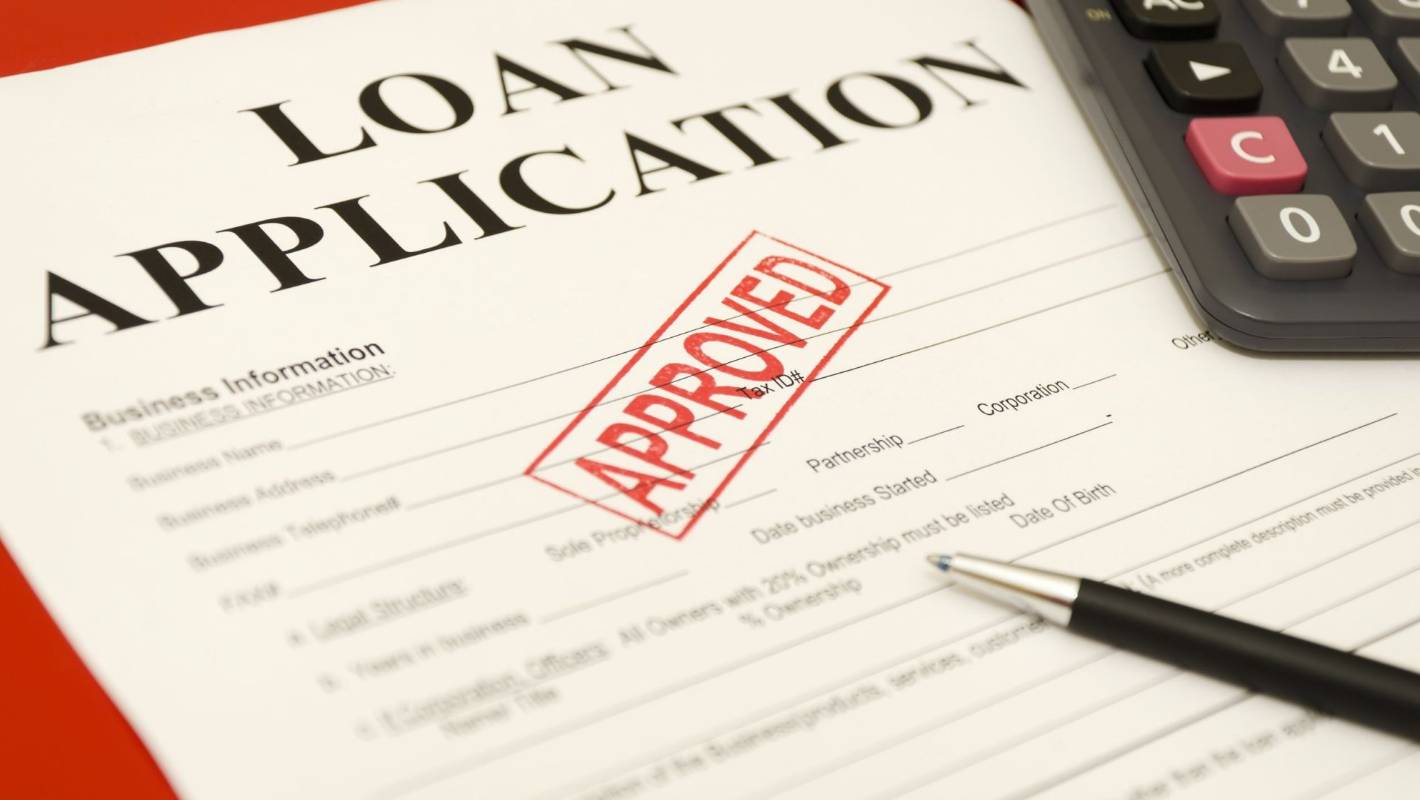
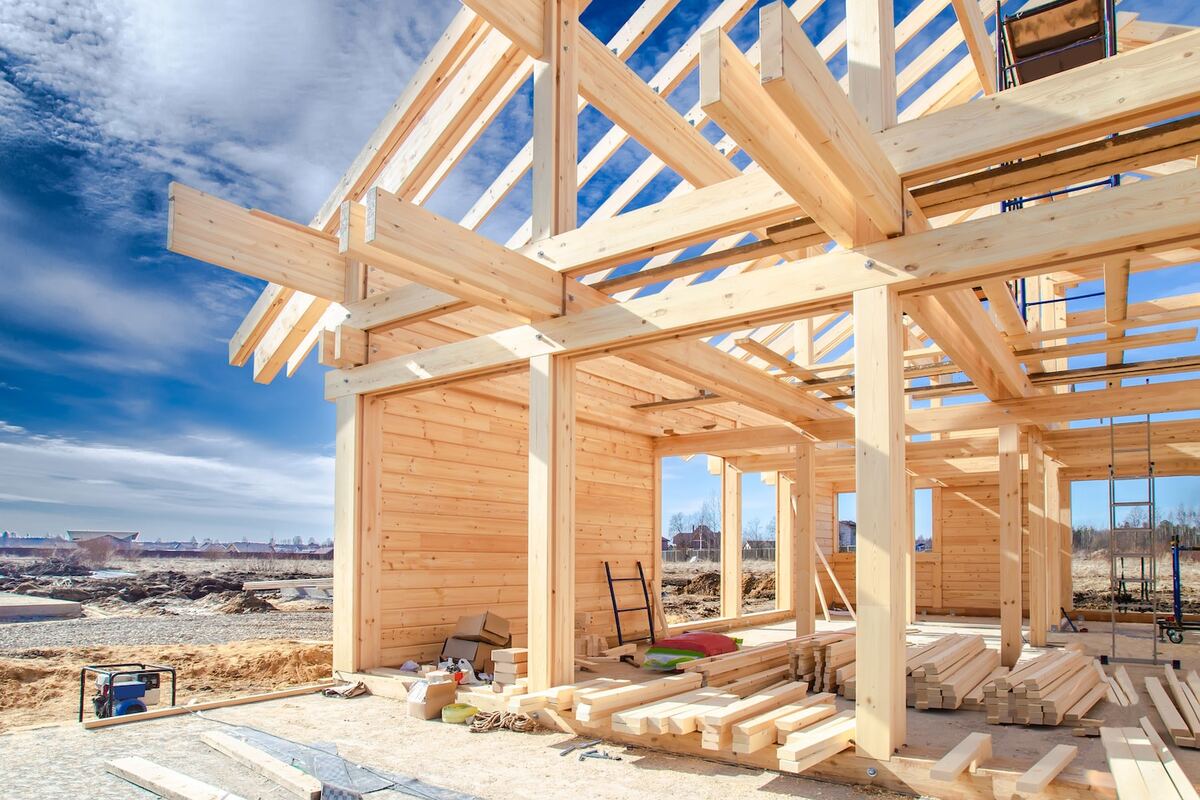
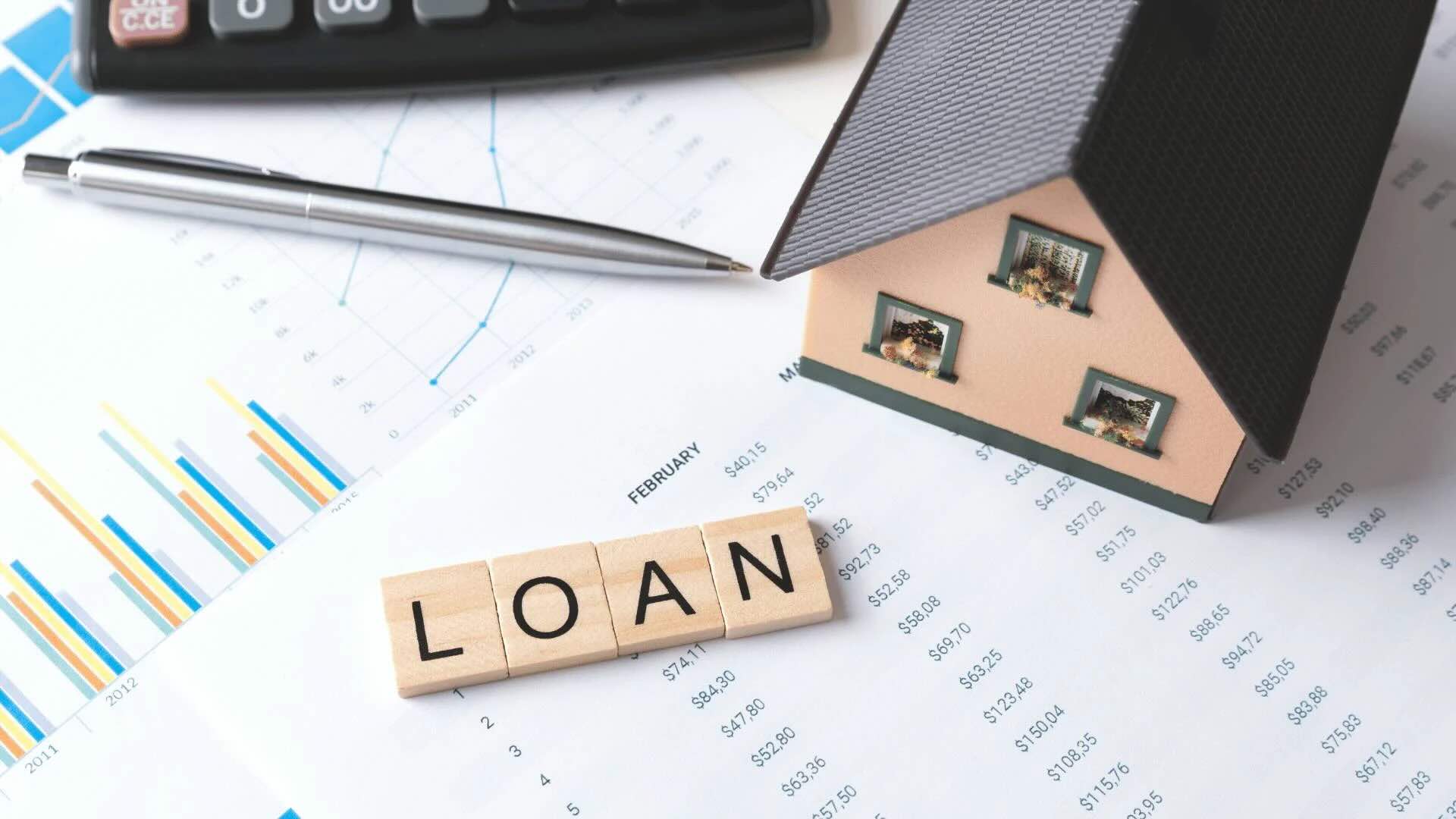
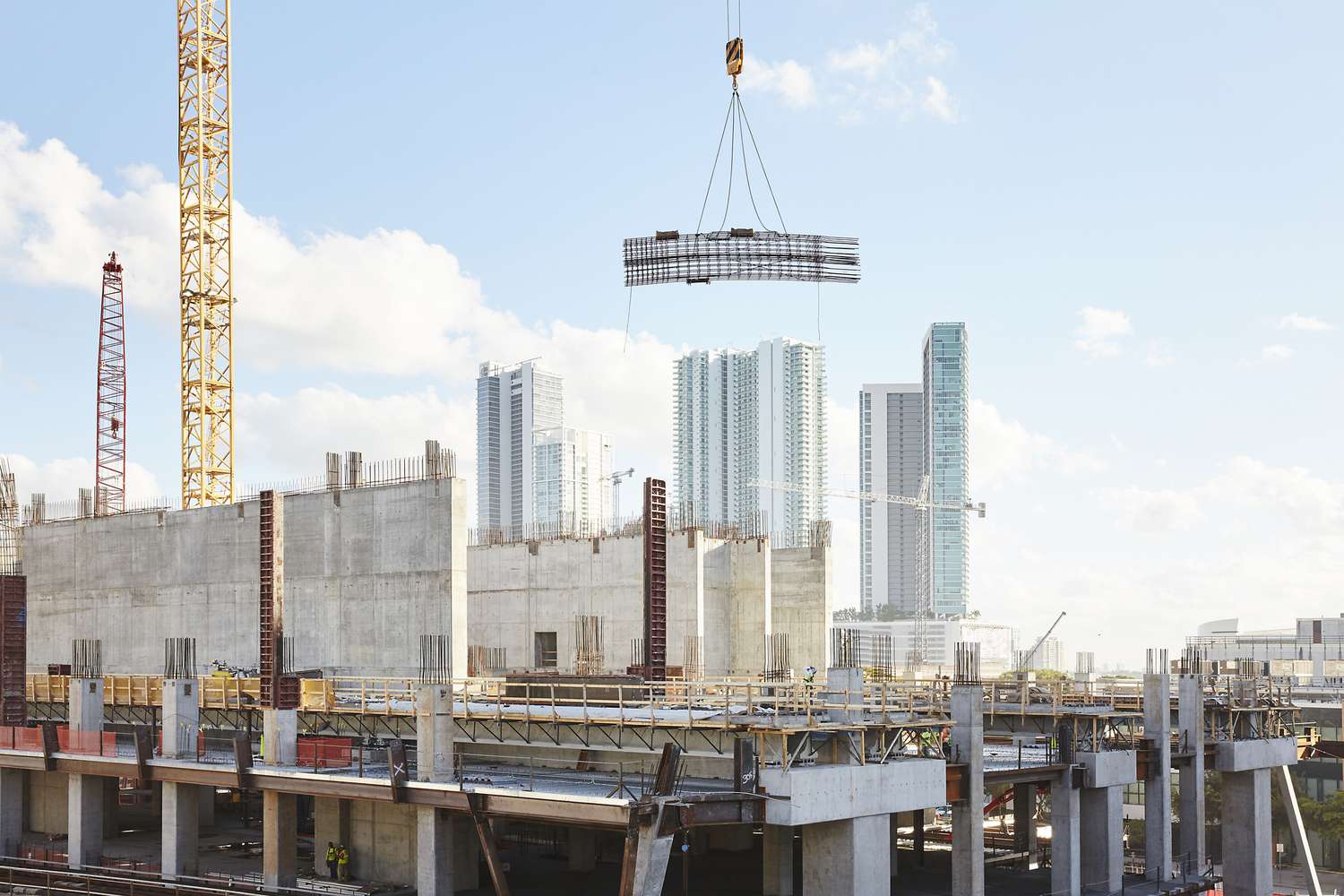

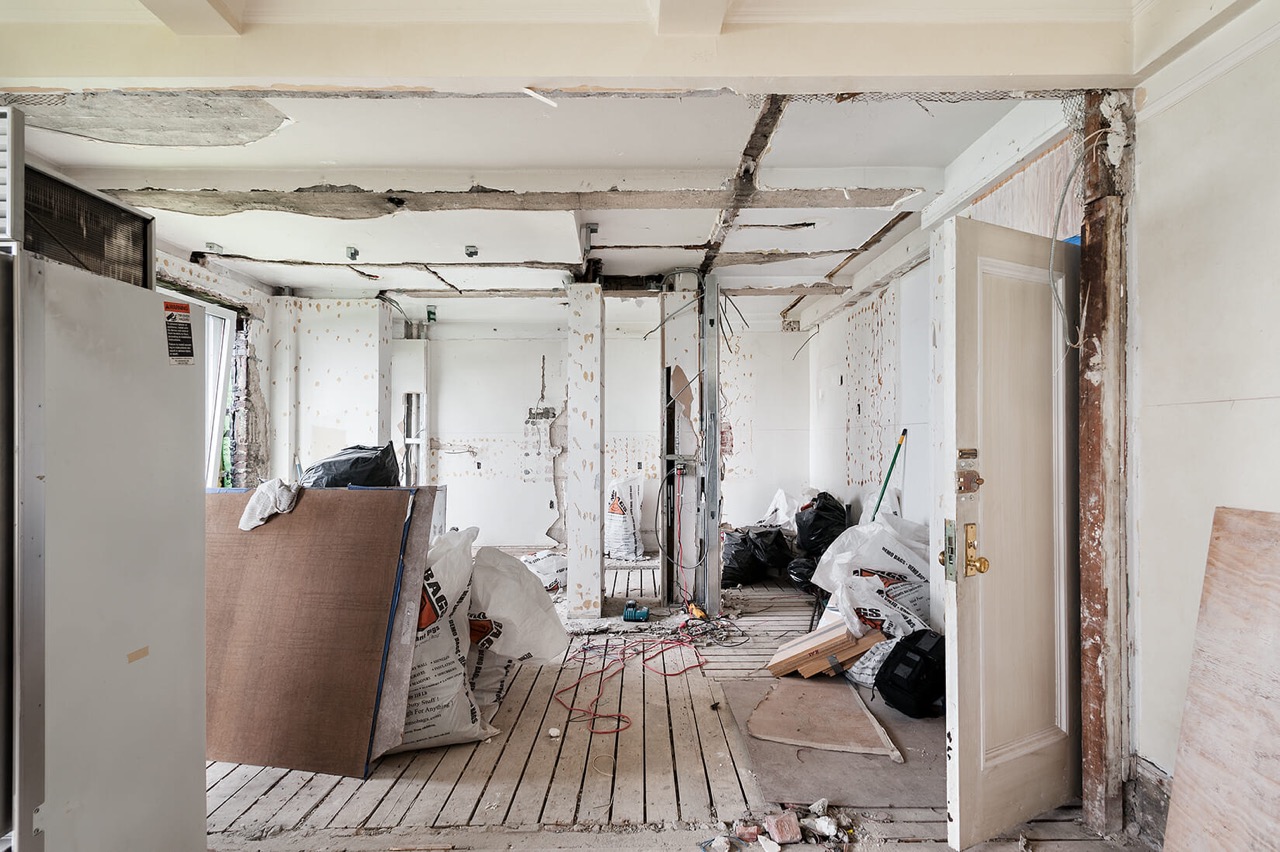

0 thoughts on “What Is A 203K Renovation Loan”